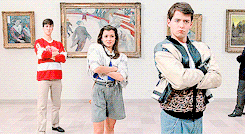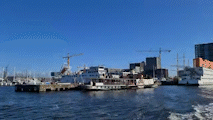Disney is under fire for shooting its new film Mulan in parts of China where the government is accused of serious human rights abuses.
The final credits thank a government security agency in Xinjiang province, where about 1m people - mostly Muslim Uighurs - are thought to be detained.
The film was already the target of a boycott after its lead actress backed a crackdown on Hong Kong protesters.
Disney has not commented on the row over the locations and the credits.
China says its detention camps in Xinjiang are necessary to improve security.
The live-action film, which is one of the biggest releases of the year, is a remake of the 1998 animated story of a young girl who takes her father's place in the army.
But fans in some Asian countries called for a boycott after Chinese-born actress Liu Yifei made comments supporting Hong Kong's police who have been accused of violence against pro-democracy protesters in recent months.
Then, on Monday, social media users noticed that in the credits Disney thanked a number of government entities in Xinjiang, including the public security bureau in the city of Turpan and the "publicity department of CPC Xinjiang Uyghur




















